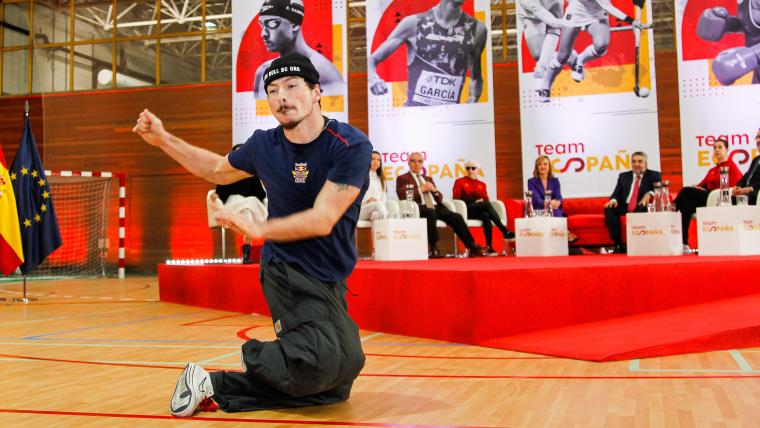When we think of the Olympics, images of track stars, gymnasts, and swimmers typically come to mind. However, a new contender has spun into the Olympic arena, breaking all conventions – ‘breaking olympic sport’, commonly known as breakdancing. With its roots entrenched in the hip-hop culture of the 1970s New York City, Breaking has evolved into an intricate dance form celebrated worldwide. Admirers and practitioners, called B-Boys and B-Girls revel in its dynamic balance of athleticism, creativity, and style. As Breaking prepares for its Olympic debut, this article leaps into its vibrant world, dissecting its journey to Olympic recognition, the significance of its inclusion, and the potential cultural impact on the Olympic Games.
I. The Rise of Breaking to Olympic Status
A. Breaking’s Street Origins and Evolution
Breaking sprang to life on the streets of New York, especially within the Bronx, where African American and Puerto Rican youth expressed their struggles, hopes, and creativity. As DJing and MCing set the soundtrack, dancers would gather in ‘battles’, showcasing their athletic prowess through acrobatic moves, stylized footwork, and rhythmic body isolations. Over the decades, Breaking’s influence spread globally, evolving into a sophisticated art form, complete with competitive battles judged on intricacy, execution, and musicality.
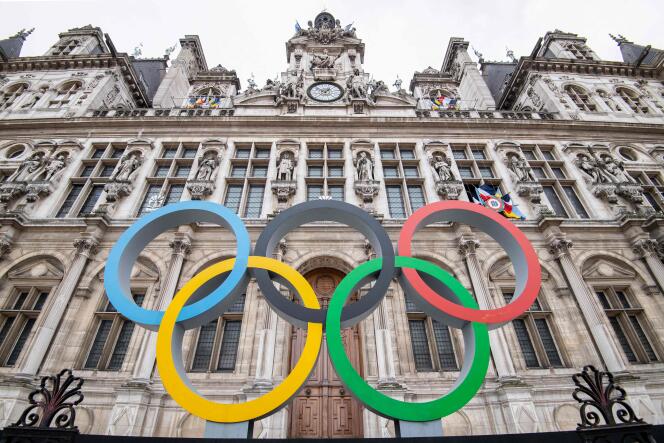
B. Recognition and Growth of Competitive Breaking
The competitive circuit of Breaking is anything but new, with events like Battle of the Year and Red Bull BC One drawing international talent and spectators for years. These competitions honed the structure that would be suitable for the Olympics, rigorously evaluating dancers on artistry, technique, and physical strength. Such events bolstered Breaking’s credibility as a sport and demonstrated its global appeal, paving the way for Olympic consideration.
C. Breaking’s Olympic Journey
The proposal to include Breaking in the Olympic Games was met with a mix of excitement and skepticism. Advocates argued that its dynamic nature and global reach made it a natural fit for the world stage, while detractors questioned its place alongside traditional sports. Nevertheless, in December 2020, the International Olympic Committee officially announced that Breaking would join the lineup for the Paris 2024 Games, marking a momentous leap for the sport and its community.
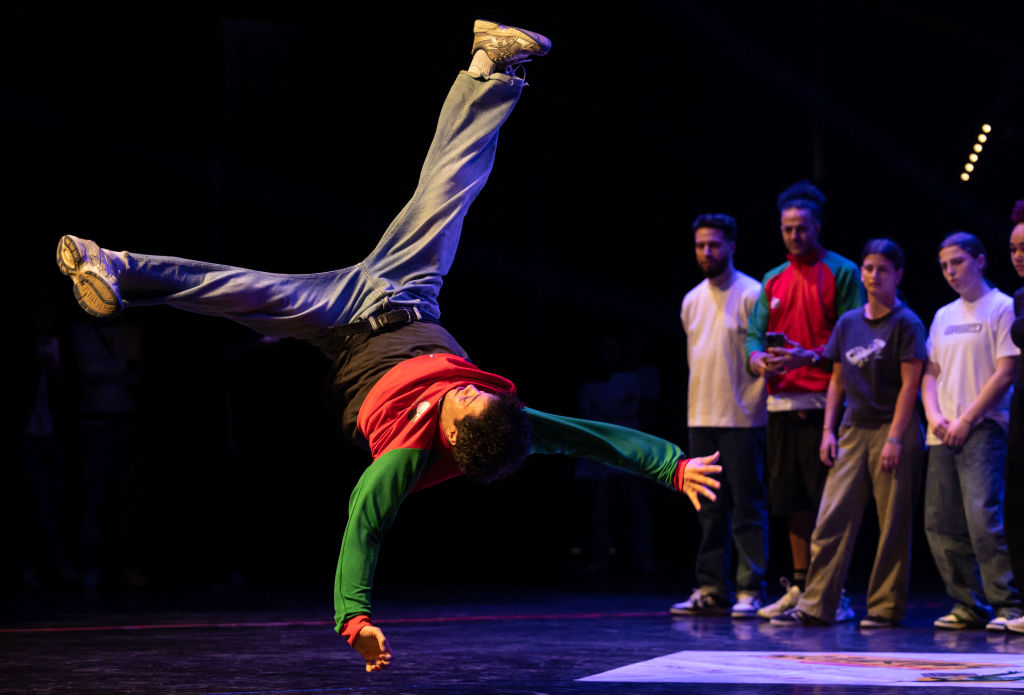
II. The Implications of Breaking’s Olympic Inclusion
A. Broadening the Olympics’ Appeal
The addition of Breaking is a strategic move by the International Olympic Committee to attract a younger, more diverse audience. Traditional Olympic viewership is solid but aging, and sports such as skateboarding, surfing, and now Breaking are seen as avenues to captivate the next generation. By incorporating styles that resonate with the youth, the Olympics are evolving to stay relevant and exciting in the modern age of entertainment.
B. Challenges and Considerations
Integrating a street-rooted art like Breaking into the Olympics is not without its hurdles. Purists worry that the raw spirit of Breaking may be diluted by formal regulations and commercial interests. There are also logistical challenges such as standardizing judging criteria and ensuring cultural understanding among a diverse panel of judges. Overcoming these obstacles is crucial for Breaking’s success in the Olympic context.
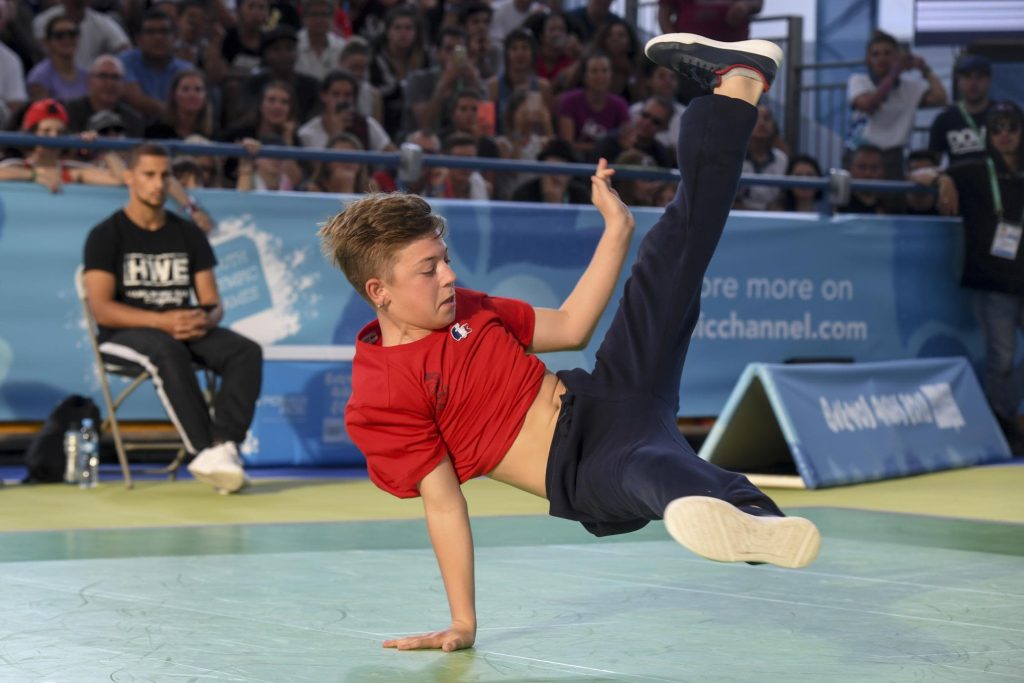
C. Opportunities for B-Boys and B-Girls
Olympic inclusion presents unprecedented opportunities for dancers. Recognition as Olympians legitimizes their art and athleticism and opens doors for sponsorships, media attention, and global exposure. It also provides a platform for dancers from less recognized nations to compete on equal footing, showcasing a diversity of styles influenced by different cultures.
III. The Future of Breaking and the Olympic Games
A. The Long-term Impact on the Sport
Post-Olympics, Breaking is likely to experience a surge in popularity, similar to what snowboarding witnessed after its Olympic debut. With more eyes on the sport, there could be increased funding for breakdancing programs, educational initiatives, and community support. The key will be maintaining the essence of Breaking culture while scaling it up within the sports industry.
B. Anticipating Paris 2024 and Beyond
As the Paris 2024 Olympics approach, the Breaking community is in a flurry of preparation, refining routines and adapting to competitive frameworks. The Olympic stage will test the adaptability of Breaking and its athletes, with the potential to reshape perceptions of the sport.
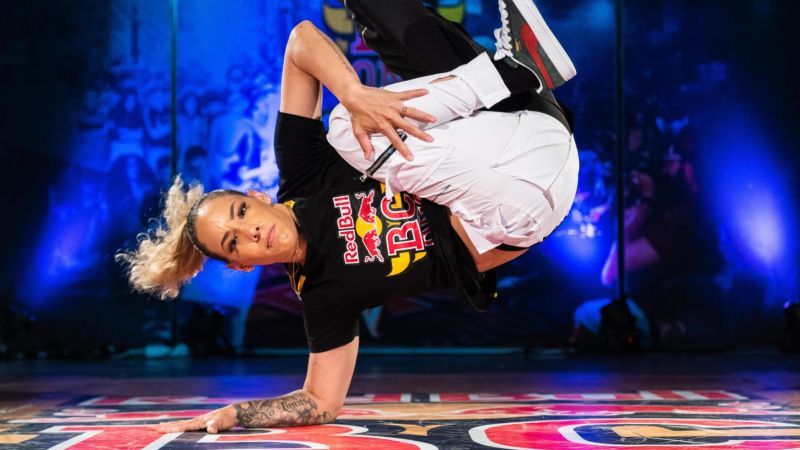
C. Conclusion: Breaking Boundaries and Building Bridges
Breaking’s journey from the streets to the Olympics stands as a testament to the power of cultural evolution and inclusivity in sports. As the world anticipates its Olympic debut, the spotlight on these dancers not only celebrates their athletic excellence but also honors the rich culture from which Breaking emerged. The Olympic Games are set to gain a burst of fresh energy and diversity, proving that any sport that breaks barriers, physically and metaphorically, can find a home in the world’s most prestigious athletic event.
Expanding the Olympic Horizon with Breaking
A. Merging Street Culture with International Sport
The decision to include Breaking in the Olympics tackles one of the most significant shifts in sports history: incorporating street culture into a traditionally regimented and formal international sports arena. This inclusion goes beyond acknowledging Breaking as a legitimate competition; it signals a broader shift in the Olympics towards embracing modern, culturally rich activities. This fusion brings a vibrant street element into the spotlight, potentially reshaping the Olympic ethos to celebrate diverse forms of athleticism and performance, and setting a precedent for future sporting inclusions.
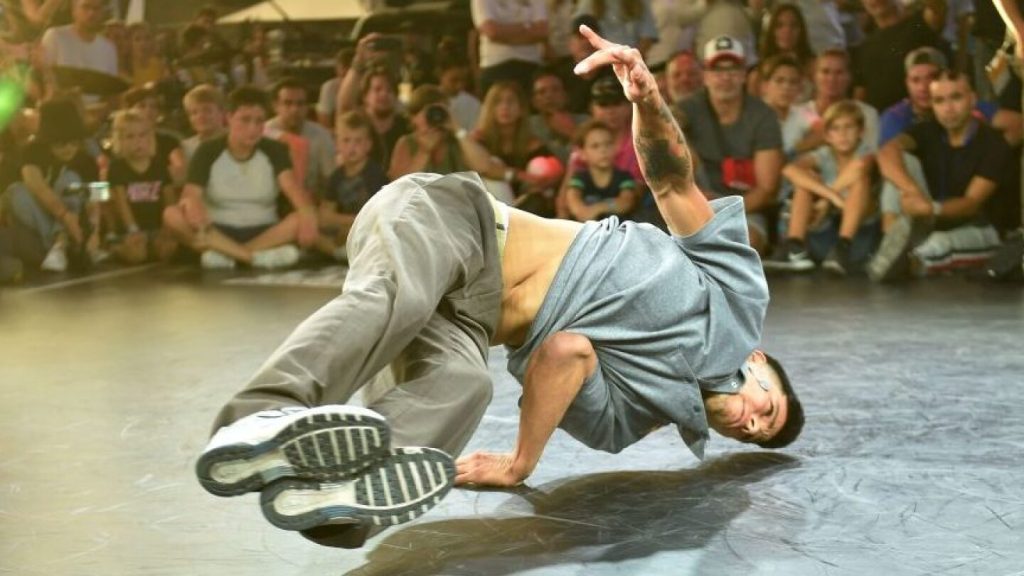
B. Impact on Global Youth and Urban Sports
Breaking’s inclusion has the potential to ignite a passion for movement in global youth populations, many of whom are well-versed in urban culture and street sports. By presenting an Olympic pathway for disciplines that resonate with inner-city experiences, the IOC is leveraging the power of representation. It inspires young individuals to see themselves in Olympic athletes, fostering aspirations that extend from neighborhood gatherings to the world stage. This integration can also drive more resources and attention toward developing access to sporting facilities and programs in urban areas.
C. The Cultural Exchange Potential in Breaking
Breaking as an Olympic sport opens a channel for cultural exchange and global storytelling through dance. Each breaker’s routine is imbued with a narrative that often reflects their personal journey and cultural background, offering the audience a unique glimpse into different societies. The Olympic platform amplifies these stories, encouraging cross-cultural connections and understanding through the universal language of music and dance. This narrative element of Breaking has the ability to render the Olympics not only as a competition but as a celebration of the world’s diverse cultures.
